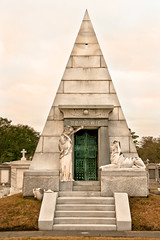Today we got an email in the archives from a man in California who found pictures of his mother, a World War 2 nurse, on our Flickr page. His mother's 87th birthday is coming soon and he wants to print one of the photos for her. He said he's not sure she knows these photos exist.
So many of our images have no or very little information, but in this case his mother's name was spelled out in the caption to all four!!! photos of her. I have often said to myself, as I am posting this kind of detail, that someone is going to be trolling the internet, looking for their mom or dad, and may very well find one of the things we've tossed up there.
It's exactly this reason that we do what we do, with the hope that we're the connection between today and yesterday. Have I said I love my job?









-782881.jpg)